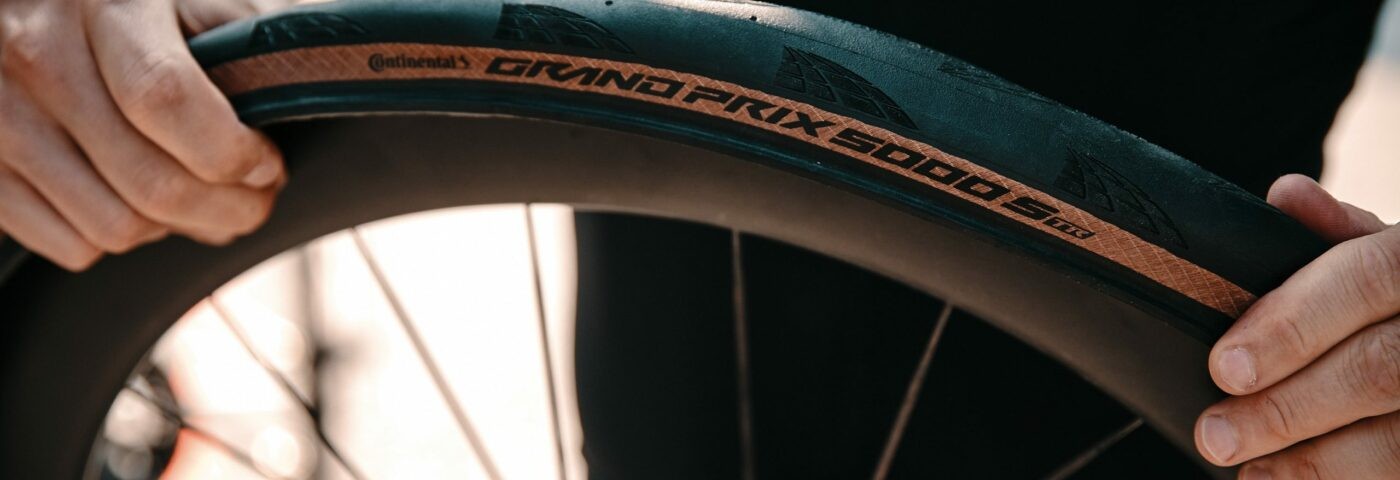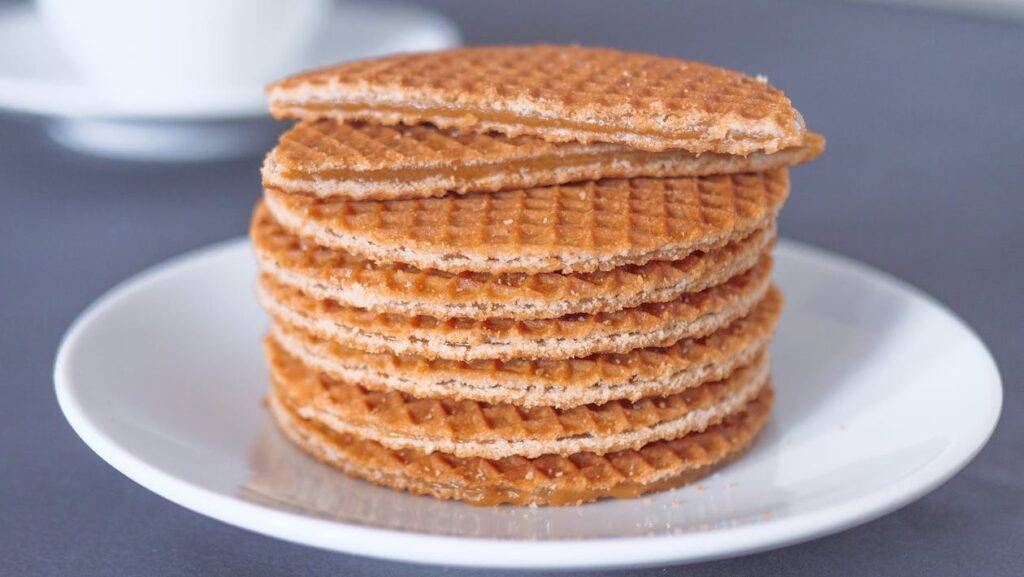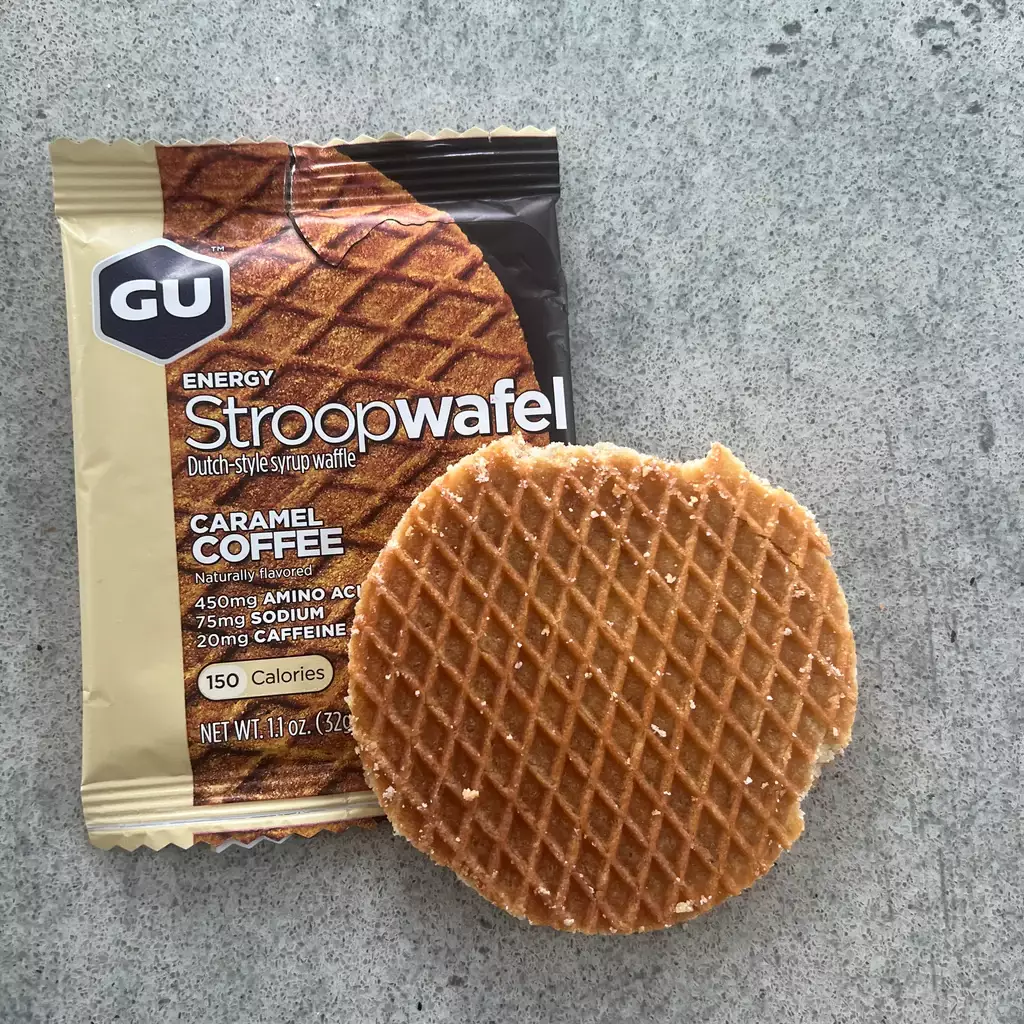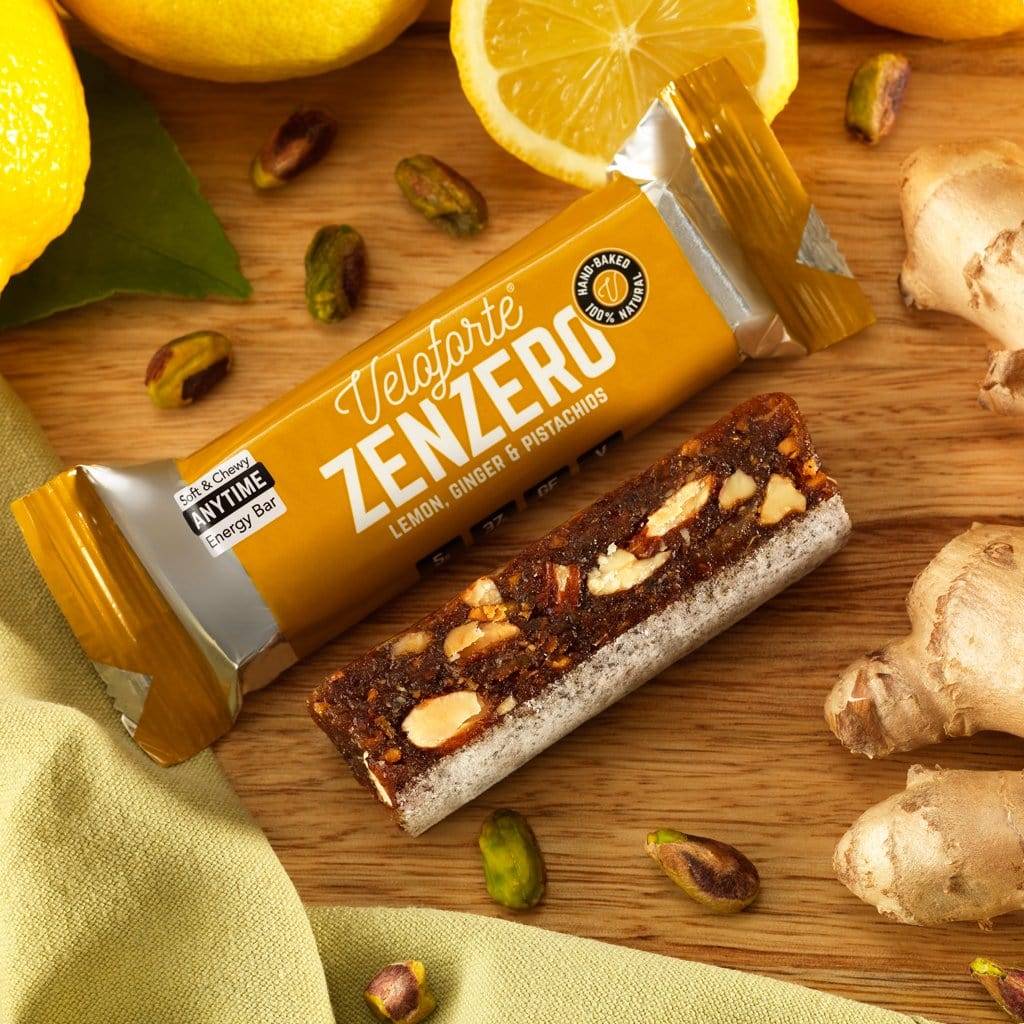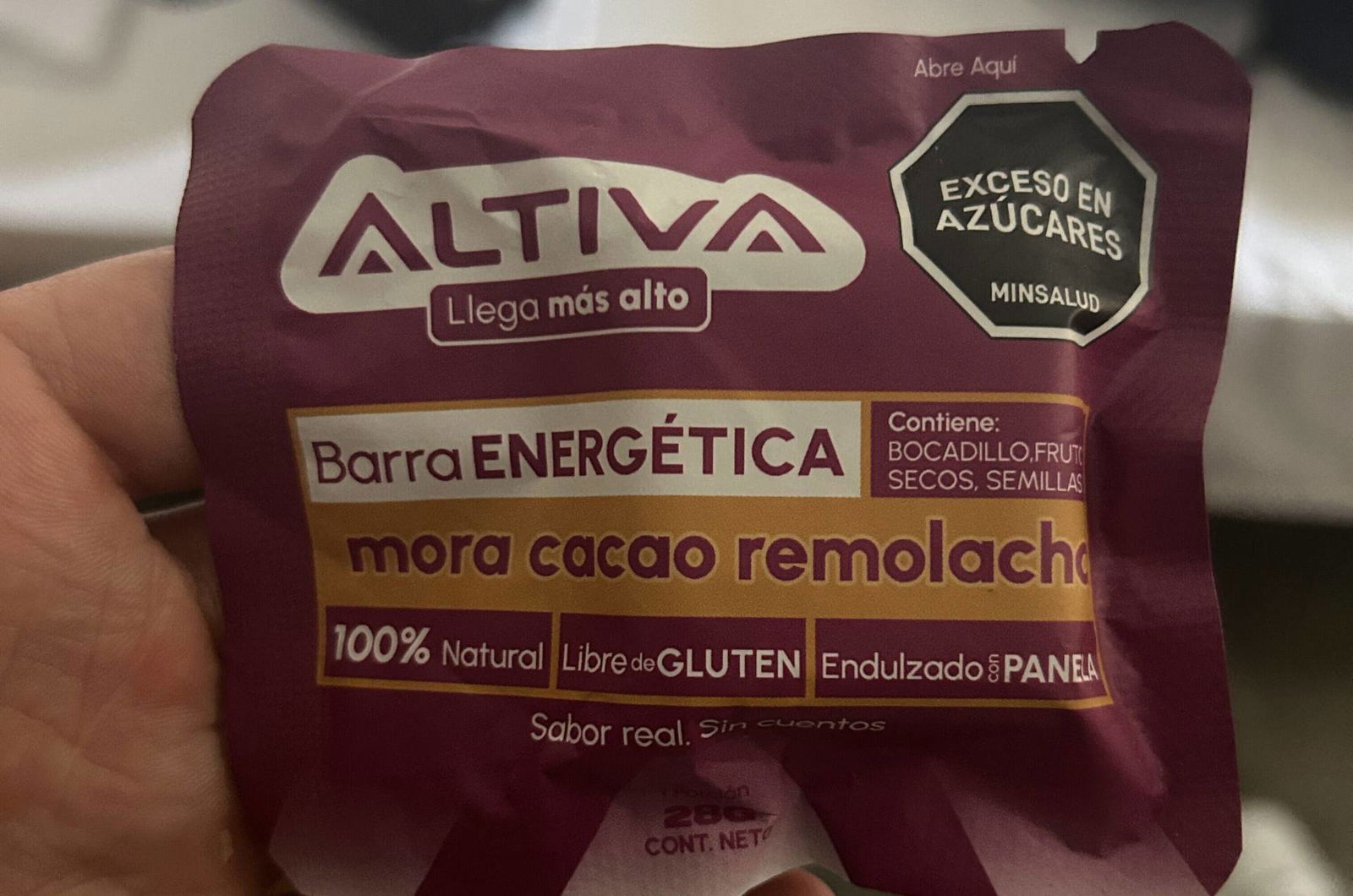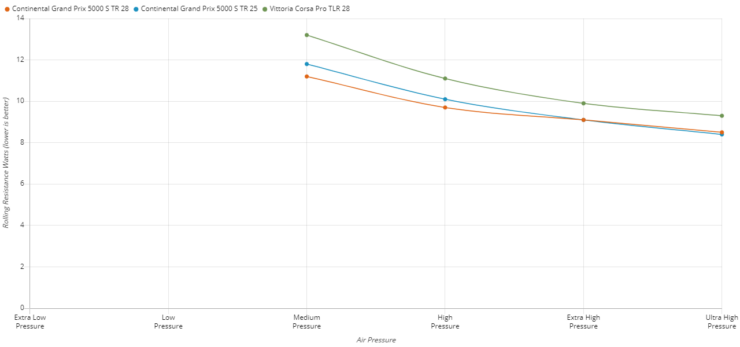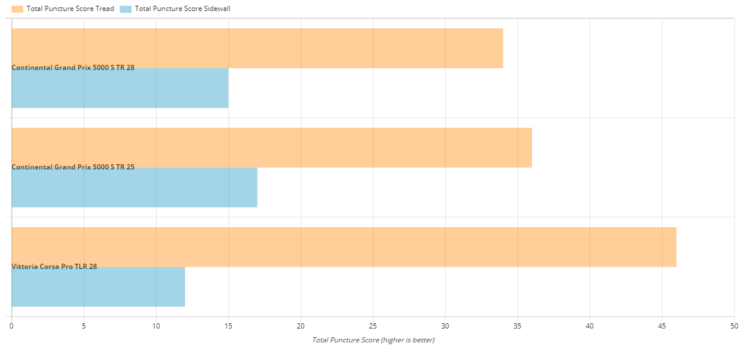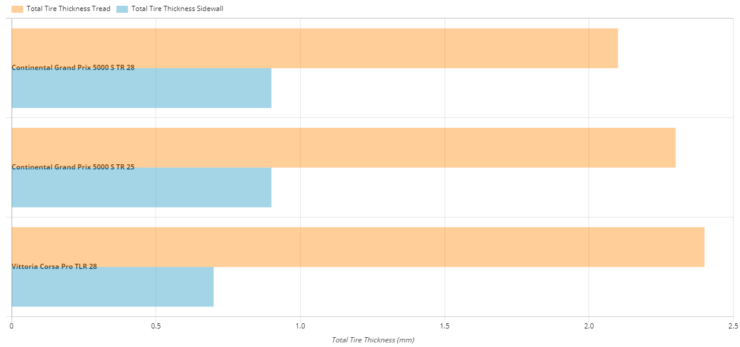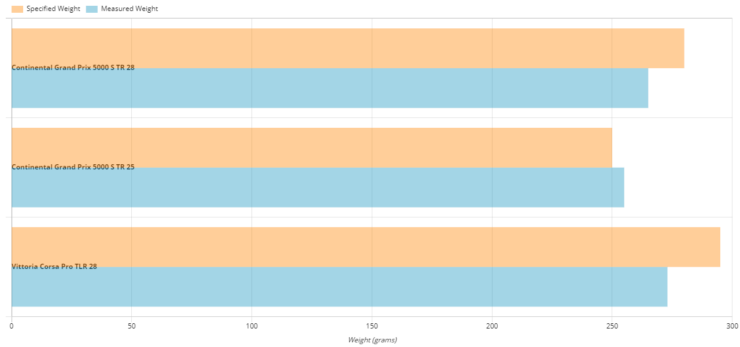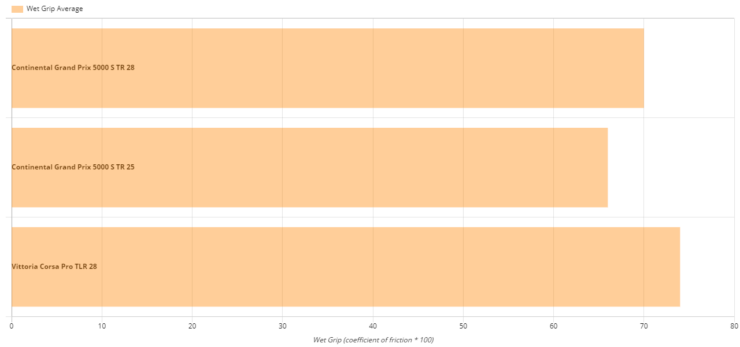This is an older version based on the 2023 season. For the latest 2024 road bike tire data, head over here.
Bike tire choice is an obvious and relatively simple equipment choice to make you go faster in any condition. When it comes to the fastest tires for performance road cycling, the premium models of two companies clearly lead the pack: the Continental GP 5000 S TR and the Vittoria Corsa Pro. These top-of-the-range tires can save you around 10 watts compared to more standard road bike tires. This article will unpack what makes those tires fast, why the GP 5000 may be more aerodynamic, and why you shouldn’t get the GP 5000 with tan walls.
This article is covered on the Faster Bike Podcast. Subscribe and stay faster, even while pedaling!
What makes a Bike Tire fast?
For a tire to be considered fast, it must have minimal energy loss while moving forward, which is mainly determined by rolling resistance. Pneumatic (air-filled) tires are generally efficient, but the choice of material, construction, profile and air pressure can greatly affect the level of efficiency from one tire model to another.
To understand rolling resistance, we must examine what happens to a tire while rolling on a bicycle. GCN has prepared some nice graphics; see the screenshot on the right side to illustrate. As expected, the tire undergoes constant compression and de-compression at the bottom part of the tire, squeezed between the weight of the bike and the rider from above and the underground from below. Energy is lost compressing the tire and gained again, as the tire gives energy back while decompressing again. However, the gain is always a little less and precisely, that difference of both is commonly referred to as rolling resistance.
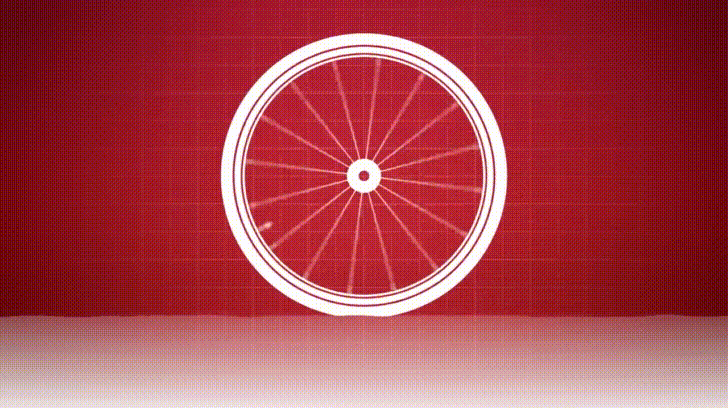
When a bike tire gets squished between the bike and the ground, it compresses and decompresses, causing energy loss as heat. This phenomenon is called rolling resistance, but the top tires use special materials to reduce this loss.
The key to the fastest bike tire is inflation, material and construction
A method to reduce loss is inflating the tire with high pressure, which reduces compression. However, this method is only effective on smooth surfaces. In the real world, various other factors come into play, which is covered in more detail in the article on rolling resistance. In short, you want to ensure that you have inflated your tire at the optimum pressure based on your weight, tire properties, and intended use case.
When it comes to tire construction, the aim is to minimize loss by using high-quality materials and efficient construction methods. The ultimate goal is to maximize the energy the tire returns after being compressed. This is similar to how the fastest running shoes perform. The physical concept behind this is known as “hysteresis.” If you’re interested in learning more, check out this video by Josh Poertner from Silca.
As such, manufacturers are challenged to strike a balance to make the tire still stable and robust enough against punctures (we wouldn’t want just to roll on a latex tube) and likely have some limitations concerning costs. As consumers, we share the same objectives when it comes to tires – we want something that is both fast and puncture-resistant. Therefore, the perfect tire would find a balance between these two factors. However, the ideal balance depends on the specific use case. For example, if you’re doing short time-trials or riding on a smooth velodrome surface, you may opt for a super-thin, fast tire like the Veloflex Record or Vittoria Corsa Pro Speed, as the risk of punctures is reduced.
Bike tire tread patterns influence aerodynamic performance
One surprising factor affecting aerodynamics is the tread pattern design of bike tires. In fact, the little groves on the side of the tire can make it more or less aerodynamic because these patterns can help optimize the airflow over the tire around the rim. Especially the front tire, which is right at the front of the bike’s performance zone. If you have a chance to read our trilogy on aerodynamics, you will be able to connect the dots quickly.


According to Jean-Paul Ballard from SwissSide, who appeared on a recent Performance Process Podcast by Escape Collective, slick tires are less aerodynamic than tires with grooves, such as the Continental Grand Prix series. Josh Poertner mentioned this insight as well several times on the Silca Marginal Gains Podcast. Apparently, the Continental GP 4000 was considered the most aerodynamic tire for a long time, and everyone in the industry was trying to create something similar.
Little known fact: the tread pattern on modern road bike tires is there to improve aerodynamics, not grip. For example, the Continental Grand Prix series has tires with patterns that are apparently faster than slick tires.
However, it turns out that Continental initially added the pattern just for design purposes and due to customers’ belief that it helps with grip. Contrary to popular belief, these patterns do not matter for grip. The grip is largely determined by the tire material and not the treat pattern since aquaplaning is not a significant concern in cycling. Nowadays the leading brands have all developed material which have formidable grip on the road, it is less of a differentiator these days.
In summary, for the absolute best performance, you want a fast tire with minimum rolling resistance, just enough puncture resistance for the use case and some pattern for better aerodynamics.
Where can I inform myself about the fastest bike tires?
The most known resource is Bicycle Rolling Resistance, which has been run by Jarno Biermann since 2014. There, you can find many bike tires tested for rolling resistance, puncture resistance, weight, and various other parameters. The watt numbers provided there do not translate precisely into the real world because they are tested on a rolling drum. However, relative comparisons are still valid. If tire A has less rolling resistance than tire B, it will also be faster out on the road.
For this article, the database was filtered for the most common scenario of a fast, all-round race bike tire: 25 mm or 28 mm width, tubeless (yes, of course!) and sorted by the rolling resistance at medium pressure (4.1 bar), which is likely the most appropriate to be used by most riders. The Michelin Power Cup TLR 25 had to be removed. While an excellent tire, its design appeared unsuitable for wider rims, which are more common nowadays.
A more difficult question is how much puncture resistance we deemed appropriate for general road cycling purposes. For this comparison, we did not consider all specific time trial tires, such as the Vittoria Corsa Speed or Veloflex Record. These are the absolute fastest tires around, but likely only for either short time trial races or when you have the logistics in place to swap wheels and bikes very quickly in case of a puncture. For most of us, we likely lose more with a puncture than we can save in watts and rolling resistance.
Two all-round road bike tires appear to be the fastest available:
- Clear Winner: Continently GP5000 S TR in 28mm or 25mm with black side walls (see below)
- Runner up: Vittoria Corsa Pro TLR 28 mm if you prefer tan walls
What makes Continental GP 5000 S TR and Vittoria Corsa Pro outstanding?
Both tires offer what most road riders are looking for: the fastest possible bike tire combined with reasonable puncture protection. Not surprisingly, one can see both options almost everywhere on local group rides, races and in the pro peloton.
The graphs below show that the Continental GP 5000 appears to be a little faster, both in 25 mm and 28 mm width. On the other hand, there seems to be slightly less puncture protection, which may be attributed to a thinner tire. The weight and wet grip are relatively similar. However, a deciding factor may be the additional aerodynamic advantage of the Continental GP 5000, as discussed in the paragraph above.
The latest 2024 rolling resistance test from AeroCoach confirms the findings
AeroCoach, a UK-based company specializing in aero testing and aero equipment, just published their 2024 racing tire rolling resistance tests. Looking at the results below, both Continental GP5000 S TR and Vittoria Corsa Pro come in fastest (white arrow), following the paper-thin TT bike tires.
Aerocoach used a rider on rollers for their data and corrected for riders’ weight, height, and atmospheric conditions on multiple days of testing. The actual watt savings for a pair of wheels were calculated based on these realistic conditions. Both the Continental GP 5000 S TR and Vittoria Corsa Pro come in under 30 watts, whereas others are over 40 watts. This means just by choosing the right bike tires, you may be looking into savings of about 10 watts!
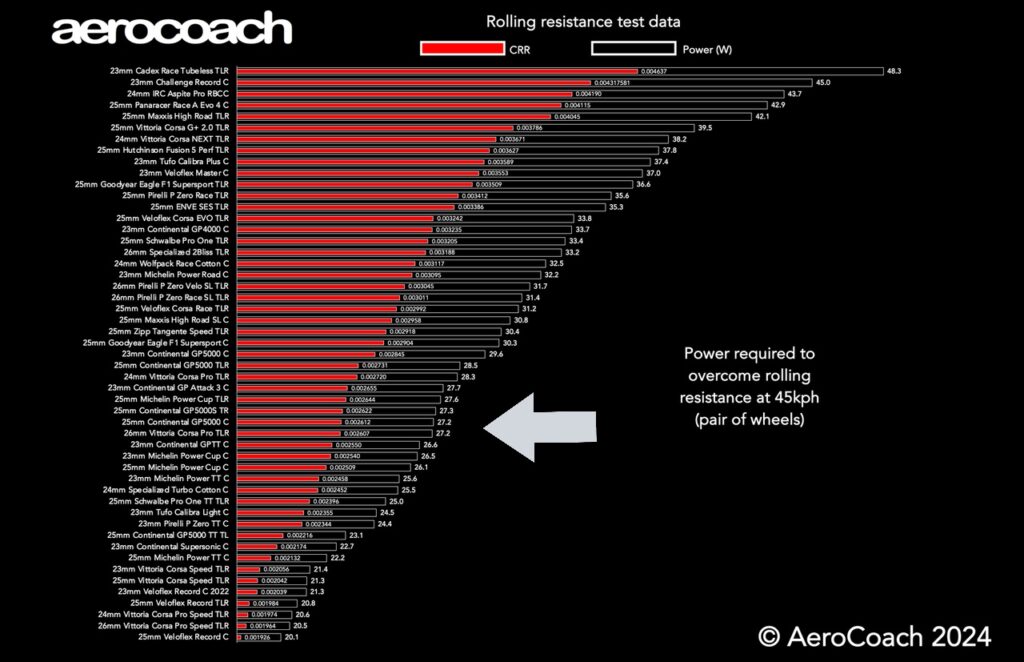
Looking for the fastest road bike tires? Look no further than Continental GP5000 S TR and Vittoria Corsa Pro. These tires offer reduced rolling resistance and dependable puncture protection, saving you 10 watts of energy or more than standard models.
Looking at the publicly available data, choosing the fastest road bike tires seems relatively straightforward. From a pure rolling resistance perspective, both the Continental GP 5000 S TR and the Vittoria Corsa Pro appear almost identical, yet the Continental GP 5000 may have an aerodynamic advantage. You can buy even faster-rolling tires, but those have been optimized for time trials, and you are at an increased risk of punctures.
The Schwalbe Pro One Aero TLE, launched recently and tested in March 2024, stands out and deserves special mention. While the Schwalbe Pro One TLE falls slightly behind the top two runners in rolling resistance performance, their new aero concept is interesting. The front tire is designed with less puncture and wear resistance since it bears a lesser load than the rear tire. It is also lighter. Therefore, with a Pro One Aero set, you can expect the front and rear tires to wear out at the same time, which is a significant improvement.
The Schwalbe Pro One Aero TLE aims to combine a lighter, faster front tire, wearing out at the same rate as the more robust rear tire. However, it is currently slower than the top models from Continental and Vittoria.
This concept is indeed intriguing, as normally, one uses about 2-3 rear tires for a front tire. Still, the faster front tire lacks a couple of watts behind the Continental GP 5000 S TR. Schwalbe has not yet provided any data to support their aero claims, but maybe the concept will catch on to other manufacturers in the future. Already today, one could run the standard Continental GP 5000 S TR in the front and the All Road version in the back.
For the very best performance choose brand-new tires fresh off the box
Many tires now have some marking to show when the tire tread has worn off and should be replaced. What happens to the rolling resistance of a bike tire as it starts wearing off? Luckily, we have testing data provided by Bicycle Rolling Resistance on the Continental GP 5000 S TR.
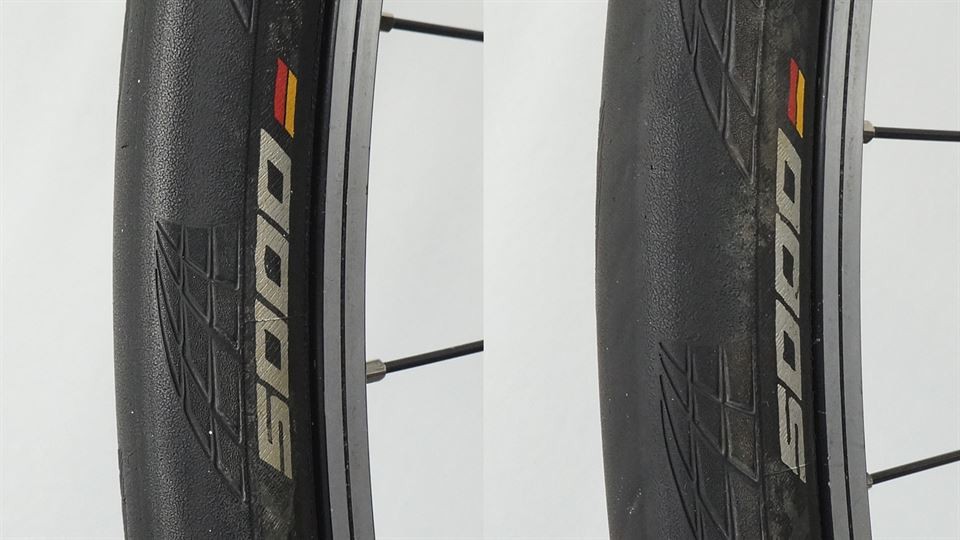
Based on the data, the tire has already lost its ultra-fast rolling properties after the first 1000 km, showing an increase of 4% to 9% in rolling resistance. After that, however, the rolling resistance appears to be constant. The explanation is likely the loss of material and the resulting rebound loss by the casing or thread on brand-new tires. Once the initial material wears off, some advantageous rebound effect is lost, and rolling resistance increases.
Road tires’ rolling resistance increases around 4-9% after the first couple of thousand kilometers. For optimal performance, it is recommended to use a new pair of tires right out of the box.
In conclusion, installing a new pair of tires before a race may be beneficial to achieve the best performance. This can also increase puncture resistance by providing a fresh sealant and full tread. If you are using tubeless tires, it is still advisable to ride a few times to ensure that the tire is properly seated.
Lastly, a question remains: should you opt for road bike tires with black or tan sidewalls? The answer may surprise you.
For the tan wall look, choose the Vittoria Corsa Pro
It was an unexpected find, but this knowledge came from two independent resources, and the data can also be found on BicycleRollingResistance. The tan-walled version of the Continental GP5000 S TR performs indeed slower than the black-wall version. This is true for the 25 mm version, but was also recently reconfirmed for the 28 mm tan wall model.
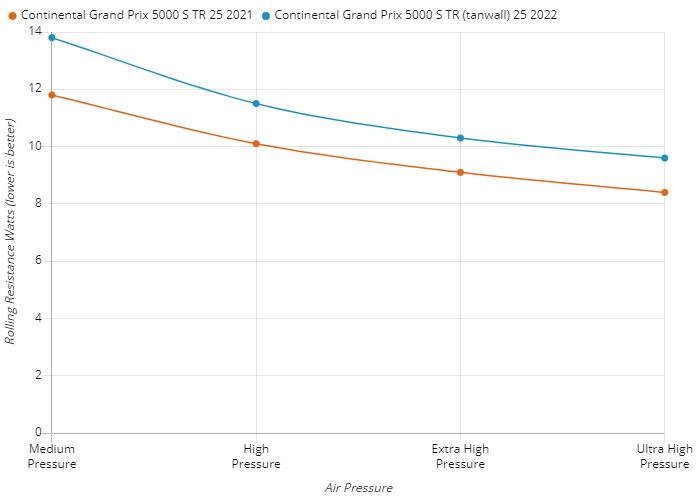
It amounts to 2 watts per tire at medium pressure, which is 4.1 bars. This is about the same difference between running a light butyl tube and going tubeless, as the analysis in another article revealed! On Bicycle Rolling Resistance, it was speculated that this may be due to a different construction or material used. It appears that the casing wires in the tan wall version experience more loss due to their lack of fixation, causing them to rub against each other and decreasing efficiency.
Indeed, every manufacturer uses various methods to create fashionable tan walls. The Vittoria Corsa Pro is only available with tan walls, so maybe that’s your option if you prefer them. Especially since Mathieu van der Poel won the 2023 world championships on it.
If you prefer tan walls, opt for the Vittoria Corsa Pro over the Continental GP 5000 S TR. The tan wall version of the latter appears to be notably slower than its black wall counterpart.
Please align the logo to the valve and set the right pressure
Once you have that best rubber on your machine, don’t forget to set the correct pressure, as this is arguably even more relevant. Next, you may be interested to learn how choosing a fast tire is the equivalent of saving kilograms of weight.
Finally, please, please, and thank you: align the logo on the bike tire with the valve. Particularly if you are running a bike shop! No performance gain there. It just looks so much cleaner and better. These things do a fantastic job of getting us fast, so let’s make them look good.
 Made me Slower
Made me Slower
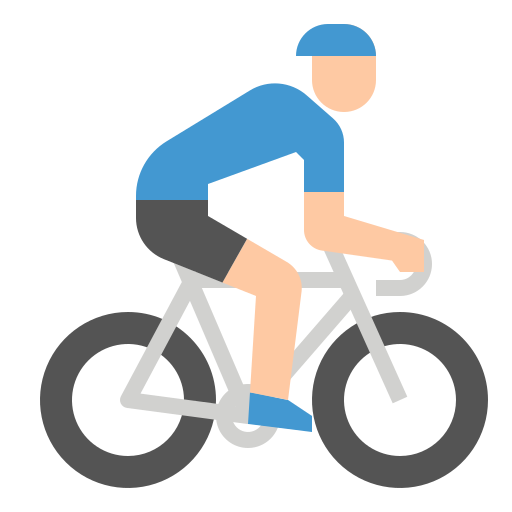 Same, Same
Same, Same
 Made me Faster
Made me Faster

